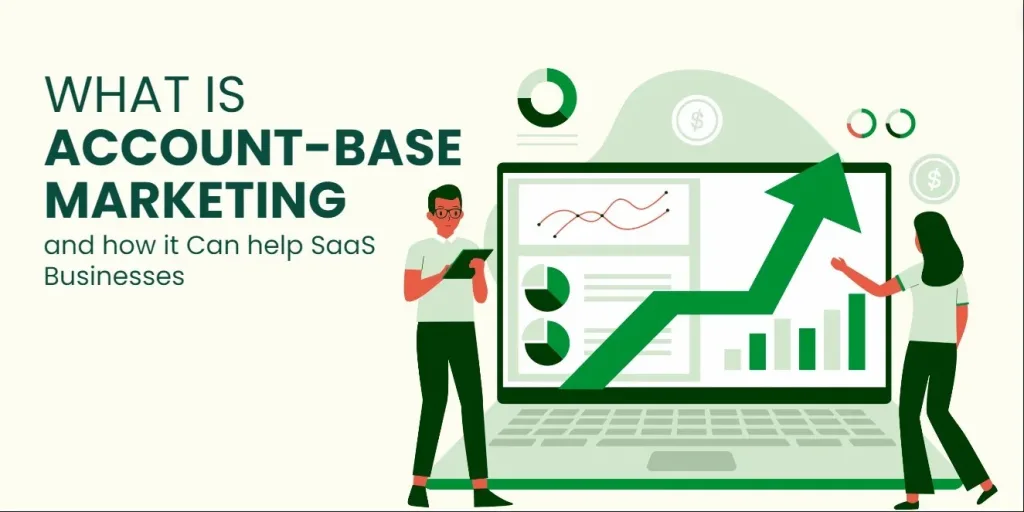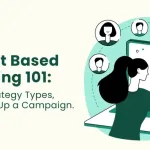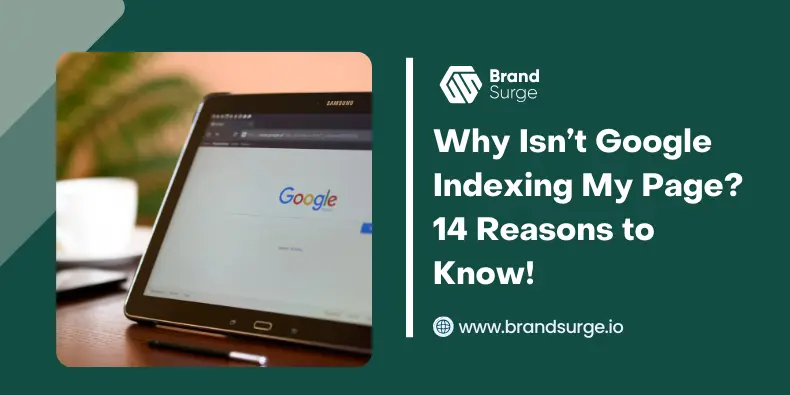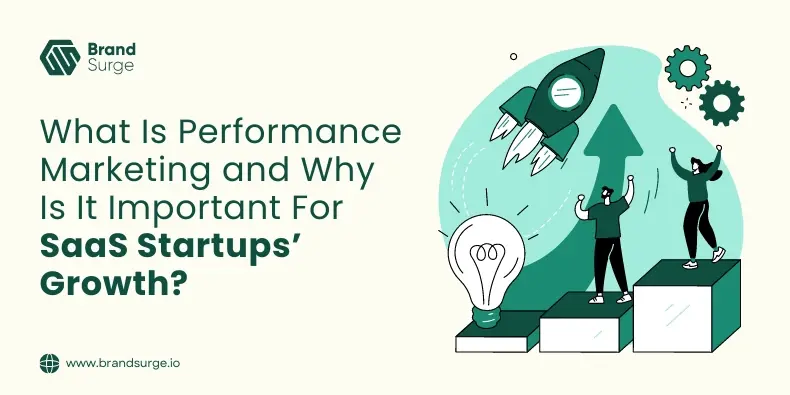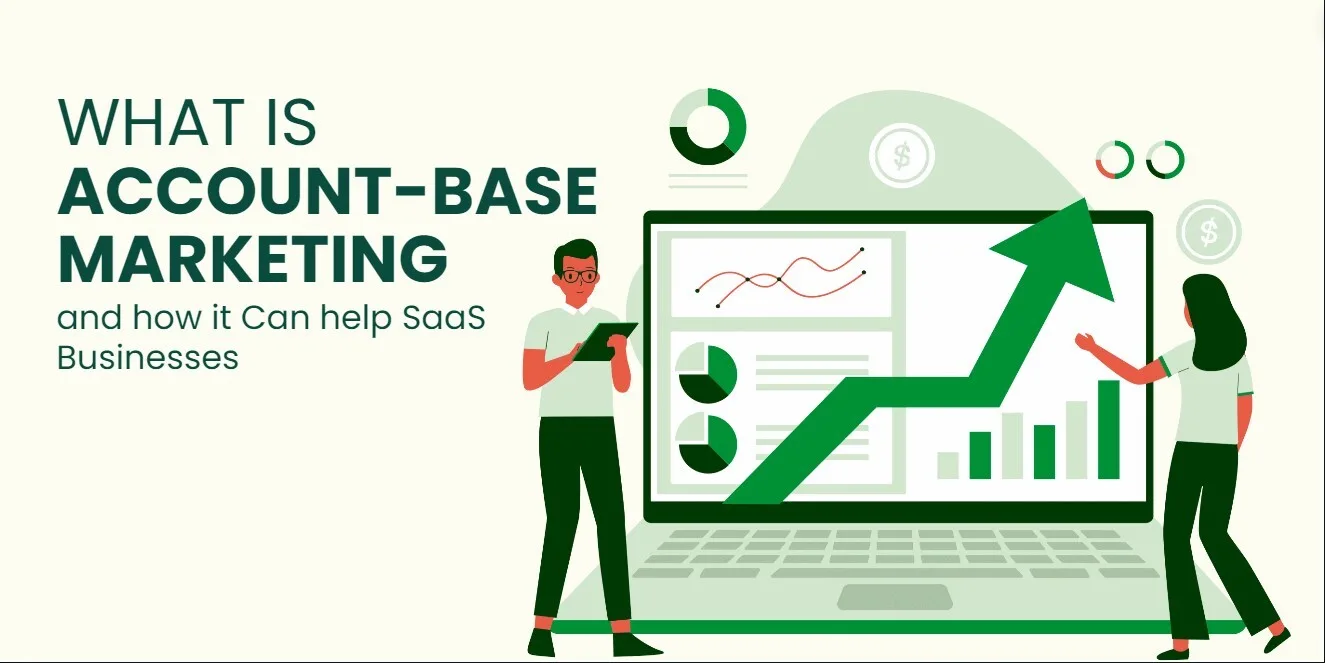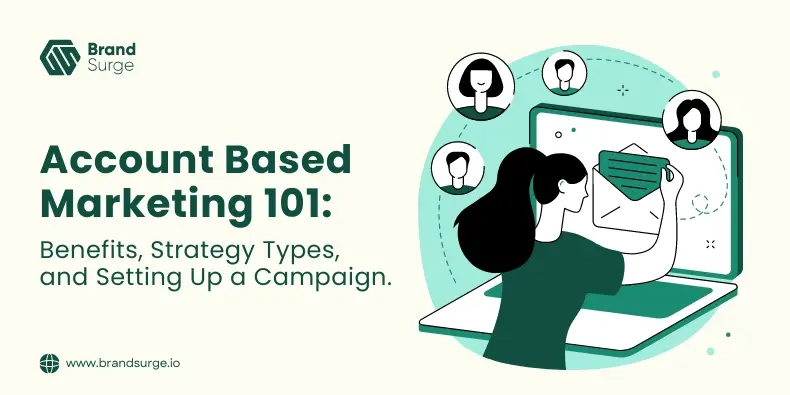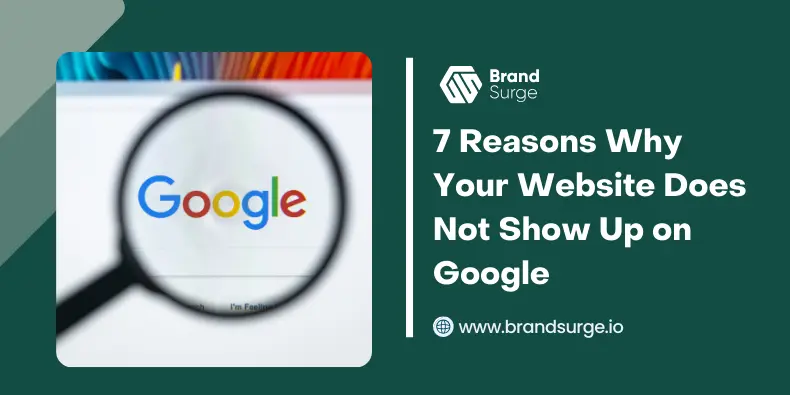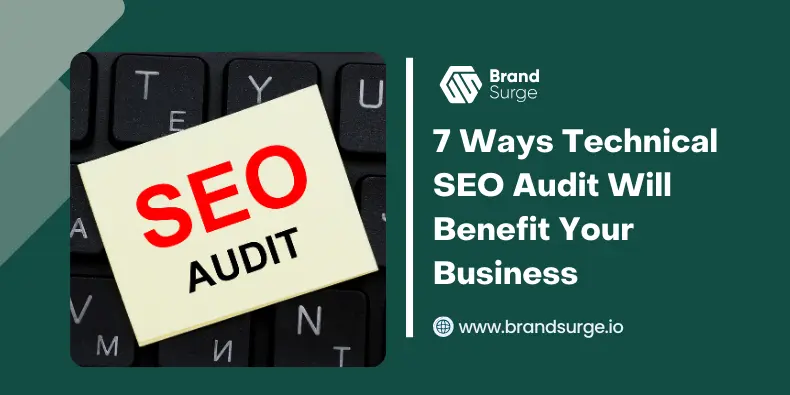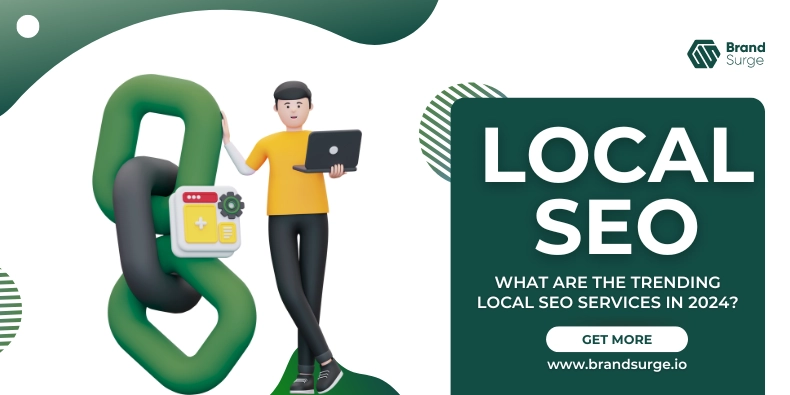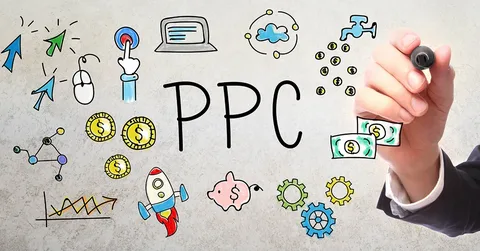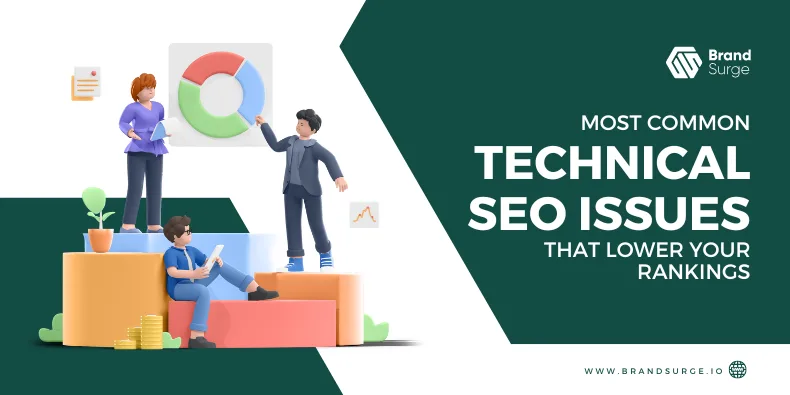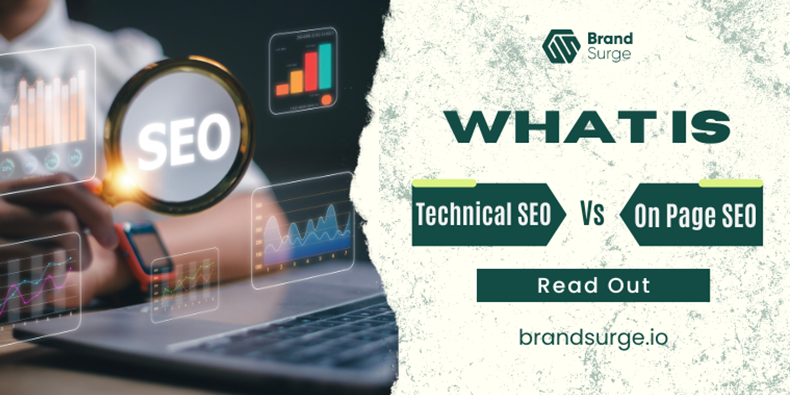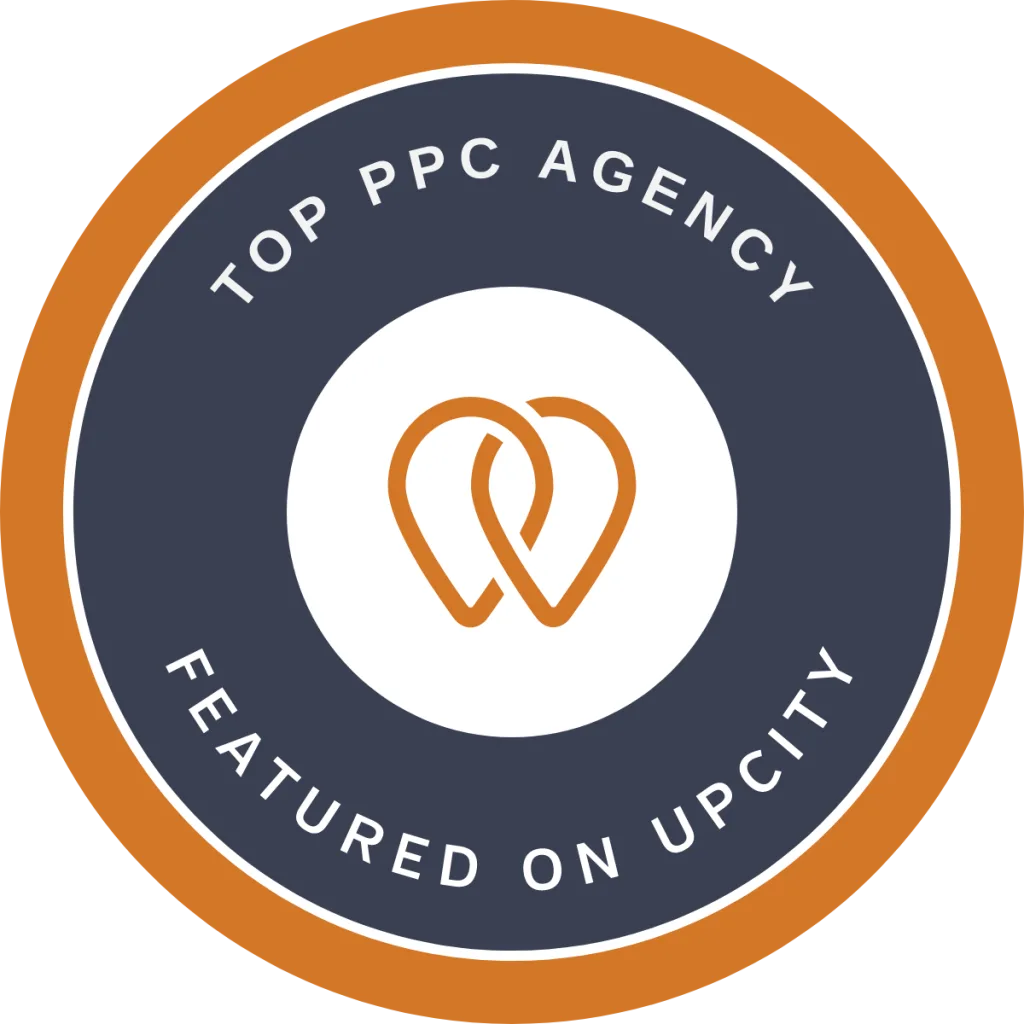Are you tired of chasing after countless leads that never seem to pan out? Do you wish there was a way to focus on high-value accounts that are more likely to convert into customers? Well, you’re in luck because we’re here to talk about account-based marketing (ABM) and how it can help your business grow.
We understand that SaaS startups do not have many resources that they can allocate to extensive traditional marketing strategies. So, what can you do to grow your SaaS business even with limited resources?
You can identify highly interested and valuable potential customers in the market and personalize your campaigns to target them. This will not only save you time and cost but also allow you to attract qualified leads with a better-focused strategy. Moreover, it will boost your conversions and revenues explosively.
This is exactly what account-based marketing does for a business, so, let’s discuss it in detail.
What Is Account-Based Marketing (ABM)?
Account-based marketing (ABM) is a Growth Marketing Strategy that combines marketing and sales in order to generate specifically targeted buyer experiences for high-value accounts.
So, for ABM to work, it is essential to identify high-value accounts and target their key stakeholders. And then you can directly market to them through multi-channel, personalized marketing techniques. It is essential to understand that a very high level of precision is required for ABM saas strategy, especially for B2B SaaS providers. Its process must include extensive research and collaboration between marketing and sales teams.
How Is the Account-Based Marketing Funnel Different From The Traditional Lead Generation Marketing Funnel?

ABM funnel follows the exact opposite approach of the traditional marketing funnel. It actually flips the sales and marketing lead generation funnel upside down. In account-based marketing, you first identify an ideal customer (account) for the products and services of your business. This account may even not be displaying an active purchase intent at this point.
In the next stage of the ABM funnel, you have to nurture the high-value prospects you had identified in stage 1. You will guide them through the sales cycle of your offering by using highly targeted, customized marketing content and personalized customer support.
In practical terms, it means you will need fewer emails, calls, and meetings because you will be focusing on individual nurturing and not the masses. With ABM, you can carefully select the most relevant stakeholders who are more receptive and likely to actually buy your offered product or service at the end of the funnel.
Once you have nurtured those high-value prospect accounts, all you need to do is engage them with meaningful, personalized, and actionable content. Moreover, the content must provide value and action-based incentives to your leads. After this stage, you will nurture them down the sales funnel and convert the lead. And if you are lucky, you may get referrals from your users and expand your user base further.
Meanwhile, the following are the steps to Account Based Marketing:
1. Identify Your Ideal Customer Profile (ICP)
Think about who your ideal customer is and what kind of companies are most likely to benefit from your solution. Consider their pain points, goals, and buying behaviors to create an ideal customer profile.
2. Build a Targeted Account List
Based on your ICP, create a list of accounts that you want to focus on. This can include existing and new customers. Use tools like LinkedIn Sales Navigator or DiscoverOrg to help you create a targeted account list.
3. Personalize Your Messaging
Now it’s time to personalize your marketing and sales messages to the specific needs and interests of each account. Use data, case studies, and testimonials to show them how you can solve their unique challenges.
4. Coordinate Your Sales and Marketing Efforts
Ensure that your sales and marketing teams are aligned and working together to engage and nurture your target accounts. Use a multi-channel approach that includes email, social media content, direct mail, and events to create a seamless and personalized experience for your target accounts.
5. Measure Your Results
Last but not least, it’s important to track your ABM efforts to see what’s working and what’s not. Use metrics like engagement, pipeline velocity, and revenue generated to evaluate your ROI. Based on the data, you can refine your strategy and make necessary adjustments.
Why Is Account-Based Marketing Strategy So Important for SAAS Startups?
As a startup, you want to make the most of your resources and focus on the accounts that matter most. ABM allows you to do just that by investing in a smaller pool of high-quality prospects that are more likely to convert into paying customers.
Here are the top six benefits of account-based marketing that SaaS startups can take advantage of and grow their businesses.
- ABM keeps your marketing and sales aligned through cross-team collaboration and improved communication between them.
- It maximizes the relevance of your business to high-value accounts through personalization and customization.
- Moreover, it delivers consistent customer experiences by coordinating the content strategy with the stage of the funnel the customer exists.
- In addition, it measures your return on investment very easily and shows you the accounts you must keep pursuing and the ones you must forego.
- It streamlines the sales cycle of your business which helps in saving time and resources.
- Lastly, it helps you expand your business through strong account relationships and customer retention.
Real-Life Successful B2B ABM Marketing Examples
Some real-life examples of successful B2B account-based marketing are as follows:
1. Salsify | One-to-Few
About: It helps retailers make strong and meaningful digital connections with their customers.
Goal: It wanted to land 60 more registrants for a roadshow event they were preparing in NYC.
Strategy: It targeted its accounts in the following ways
- Sending out custom messages proactively
- Following up through targeted display ads
- Sending out highly personalized emails
- Passing on extremely qualified leads to the sales team
Results: Salsify achieved getting not 60 but 82 registrants. And this happened just two hours after the sales team reached out. How cool is that?
2. DocuSign | One-to-Many
About: It is the number one solution in electronic signatures and agreements and it makes contracts paperless and simple.
Goal: The goal they wanted to achieve was higher traffic with an increase in click-through rates, and boosted conversions.
Strategy: Its team started a display ad campaign for more than 450 organizational accounts. The ad message was highly personalized to six industries. The ad message consisted of specific images, logos, and testimonials.
Results: DocuSign achieved a 22% increase in sales in the six targeted industries, a 59% engagement rate, a 300% increase in page views, and a 26% decrease in bounce rate.
3. GumGum | One-to-One
About: It is an intelligence platform that is capable of scanning text, videos, images, and audio. It allows advertisers to place digital ads in places they work best.
Goal: GumGum’s goal was to land a client, T-Mobile.
Strategy: T-Mobile’s CEO was highly active on social media and he loved Batman. So GumGum commissioned and published a comic book that featured T-Mobile’s CEO as the Batman-flavored superhero named T-Man and GumGum as his sidekick named Gums. Together, the two characters saved the city from bad cell reception by using cutting-edge technology. And then, Gums spread the word that a better network provider was T-Mobile.
Results: GumGum successfully landed the client.
Brand Surge | The Best ABM Management Company
Meanwhile, ABM can be a game-changer for SaaS startups looking to focus on high-value accounts and improve their conversion rates. If you’re interested in learning more about ABM or need help developing a customized ABM strategy for your business, get in touch to talk to an expert at Brand Surge. Explore how we can help you surge your growth!
